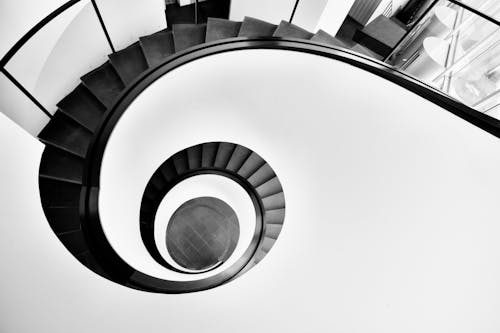Architecture has the same basic principles which are common to painting, sculpture, music, and literature. It deals with unity, balance, rhythm, and composition. It is organized around a
central plot, as in a novel. It can be rhythmic as the dance. A painting has a contrast of color, and a fine piece of sculpture has the beauty of form and line.


Good architecture attains pleasing composition through the relation of contrasting masses
and tones. It is difficult to isolate a single quality and consider it alone. A synthesis of all the principles is necessary in order to ensure a unified and satisfactory composition, but for the sake of study, it will be necessary to analyze separately these qualities and their application to architectural problems. The mere recognition of these principles does not, however, ensure a successful design. An individual may be a good critic but still be unable to write a poem, paint a landscape, or design a building.

Creative ability, in addition to a knowledge of the application of the elements of design, is necessary for the production of distinguished results. Ability to discern between what is fine and what is mediocre that quality which we call TASTE-must to be developed.

GOOD TASTE is that discerning judgment which one exercises in connection with the better
things of life. Good taste steers an individual through the seas of social adjustments and
aesthetic decisions. It enables him to choose correctly in accordance with cultural or artistic
standards. Popular taste, however, is so often a matter concerned with group action and
changes so with the times, that it is not a reliable guide. Taste must, therefore, be based
upon a knowledge of the rules of proper conduct with respect to our actions and of the principles of good composition in regard to our artistic endeavors. Good taste and creative ability together should produce buildings that merit the name architecture.

central plot, as in a novel. It can be rhythmic as the dance. A painting has a contrast of color, and a fine piece of sculpture has the beauty of form and line.


Good architecture attains pleasing composition through the relation of contrasting masses
and tones. It is difficult to isolate a single quality and consider it alone. A synthesis of all the principles is necessary in order to ensure a unified and satisfactory composition, but for the sake of study, it will be necessary to analyze separately these qualities and their application to architectural problems. The mere recognition of these principles does not, however, ensure a successful design. An individual may be a good critic but still be unable to write a poem, paint a landscape, or design a building.

Creative ability, in addition to a knowledge of the application of the elements of design, is necessary for the production of distinguished results. Ability to discern between what is fine and what is mediocre that quality which we call TASTE-must to be developed.

GOOD TASTE is that discerning judgment which one exercises in connection with the better
things of life. Good taste steers an individual through the seas of social adjustments and
aesthetic decisions. It enables him to choose correctly in accordance with cultural or artistic
standards. Popular taste, however, is so often a matter concerned with group action and
changes so with the times, that it is not a reliable guide. Taste must, therefore, be based
upon a knowledge of the rules of proper conduct with respect to our actions and of the principles of good composition in regard to our artistic endeavors. Good taste and creative ability together should produce buildings that merit the name architecture.

Comments
Post a Comment